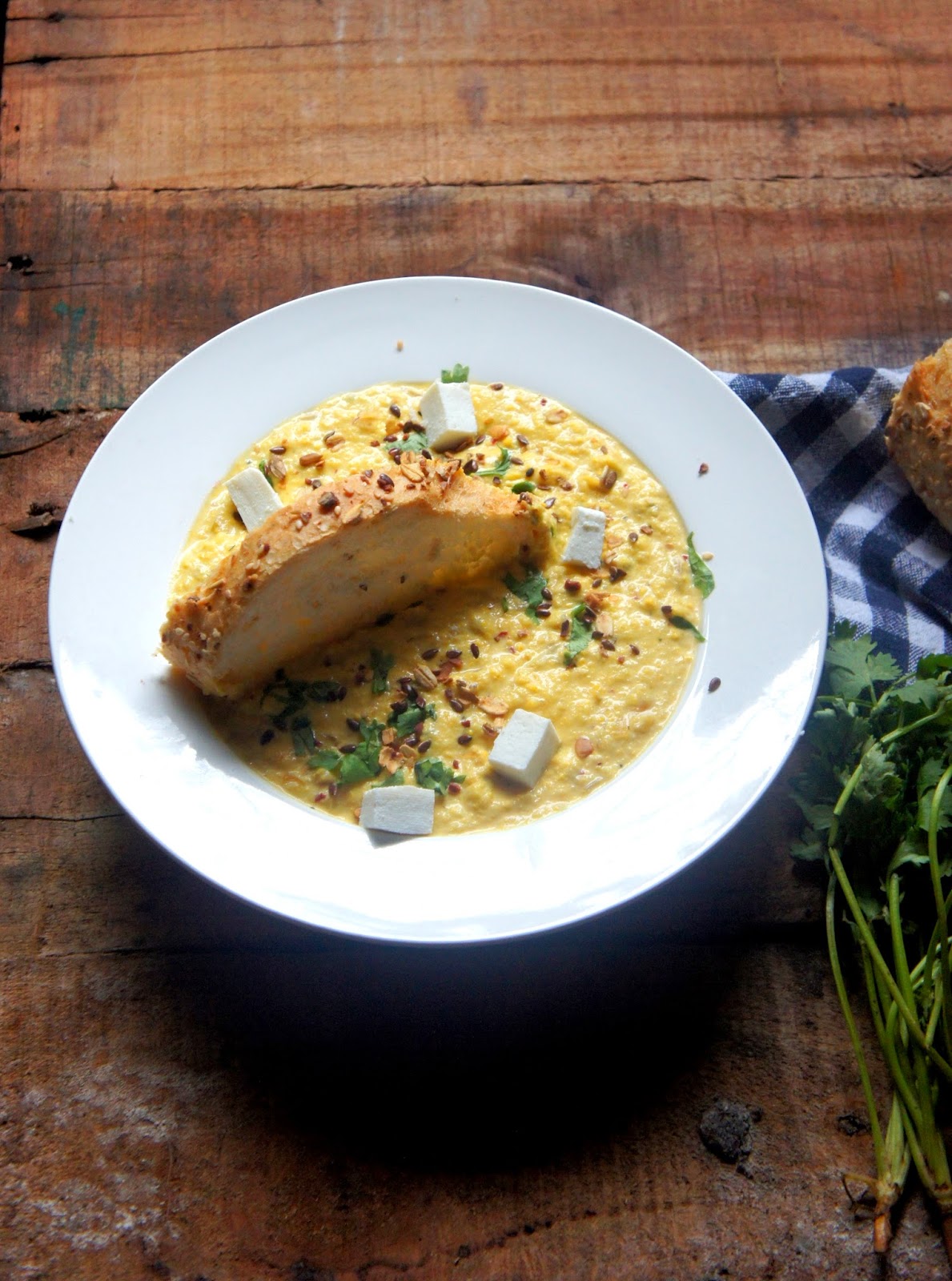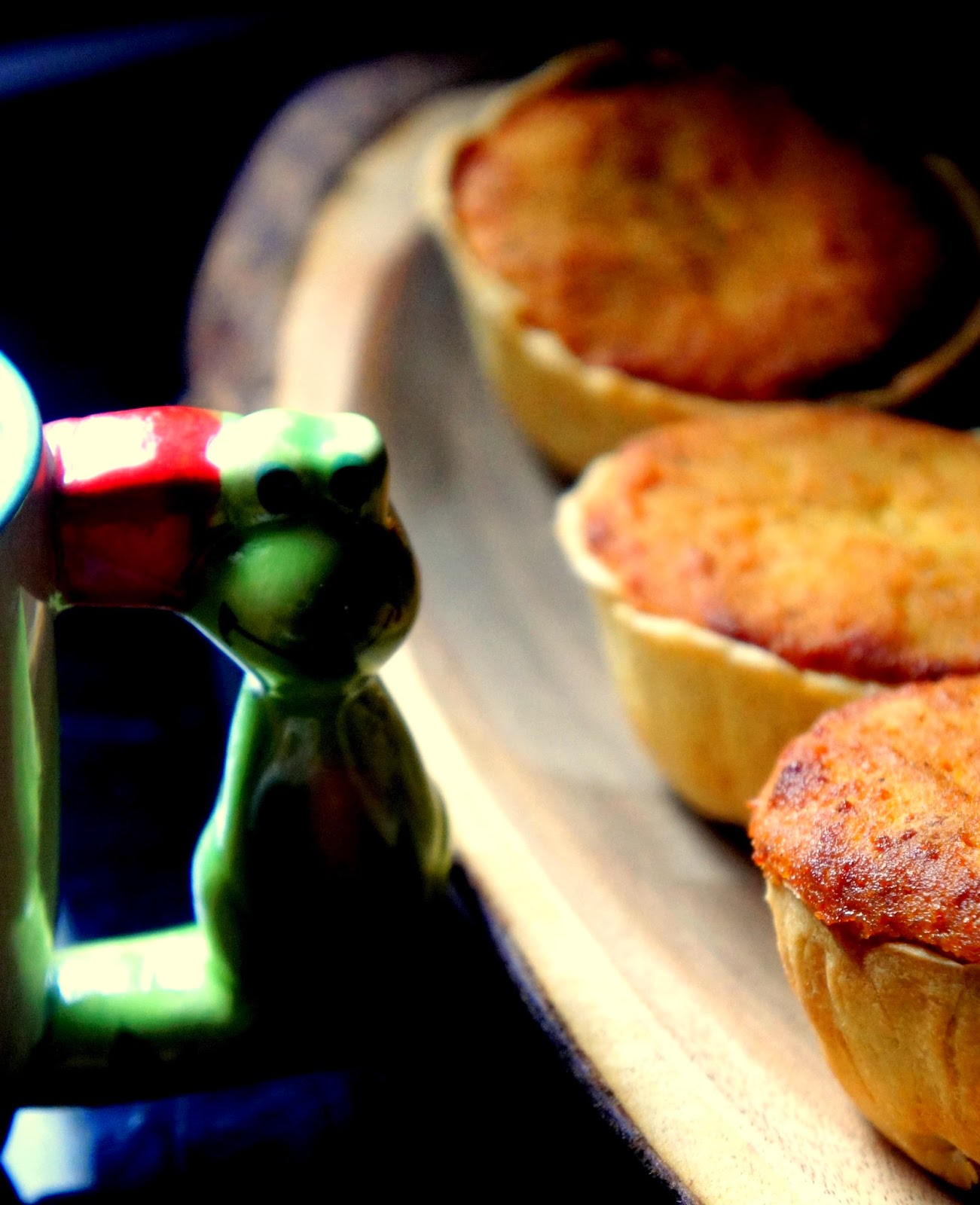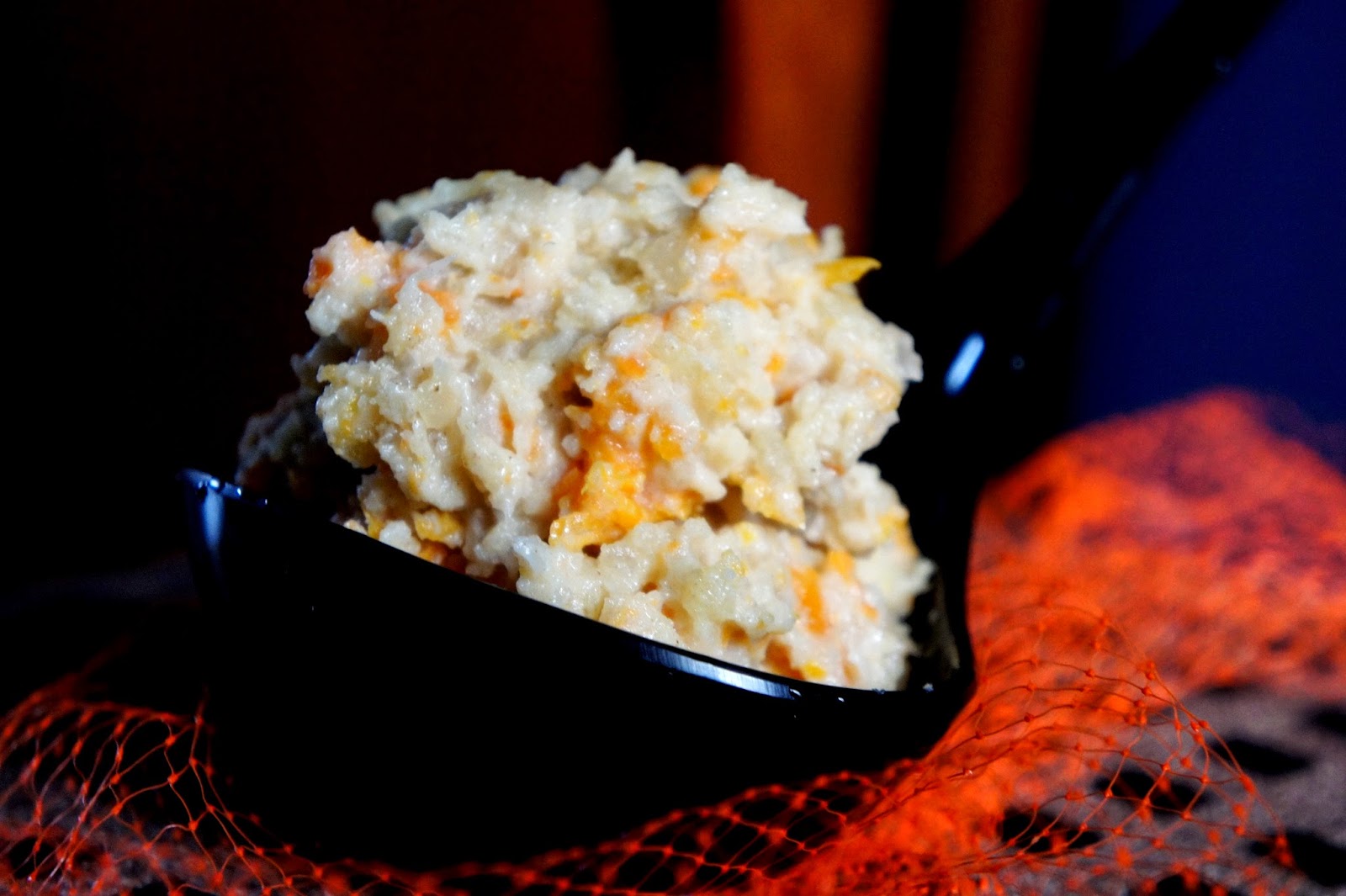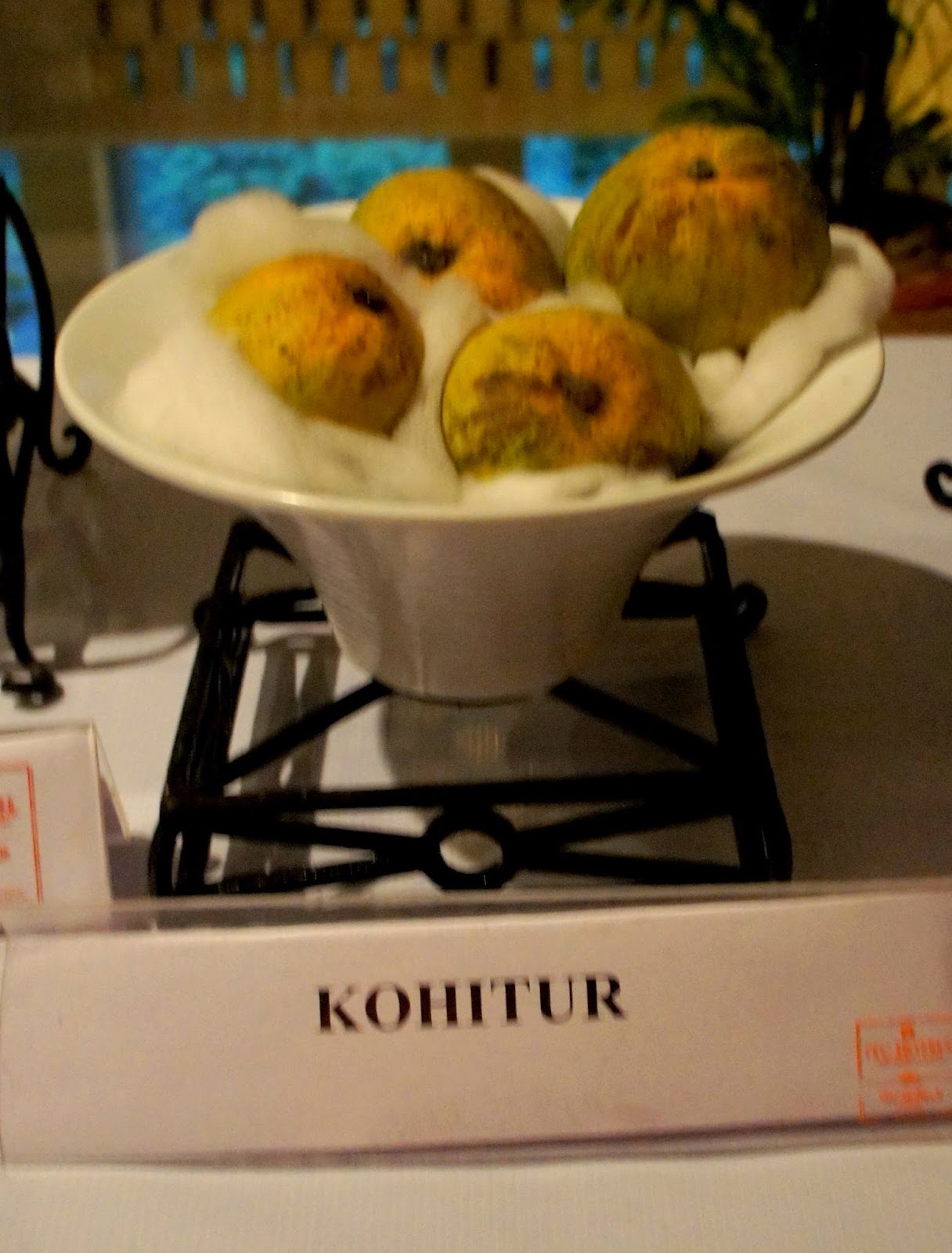It is one thing to read about a
person and admire his creations, quite another to meet him. I was psyched to
say the least when I, along with fellow members of Kolkata Food Bloggers, received
an invitation from the ITC Sonar to sample the hotel’s
specially-crafted Royal Repast Experience that would showcase the incredible culinary wizardry
of the legendary master of Awadhi cuisine and the man behind ITC Hotels’
celebrated Dum Pukht chain of restaurants, Chef Mohammed Imtiaz Qureshi. And
yes, chef Qureshi would be present amongst us, it said!
Now, this man doesn't simply belong to a family of royal chefs of Awadh, He IS royalty, as far as the Indian food scene is concerned. And was I elated, and honoured, to meet him.
 |
| Chef Mohammed Imtiaz Qureshi (centre) at the ITC Sonar, Kolkata |
His handlebar mustache and a trimmed
Balbo beard match his neatly combed silver white hair. His burly frame, underneath his immaculate white chef’s coat, still hints at his days
in the wrestling ring. He loves to chew the paan in true Lucknowi style, and speaks
chaste Urdu. He is self-assured, but not vain. He might not sound particularly modest, but that’s only
because of his old-worldly forthrightness. He knows, and he knows that he
knows. As simple as that. And he loves
to talk, but he prefers his food talk the real talk.
For the uninitiated, Imtiaz Qureshi is the
undisputed champion in the revival of the opulent and sophisticated Dum Pukht
cuisine that underscores the goodness of leisurely, slow-cooking. A culinary style that had received
royal patronage under the Nawabs of Awadh (Awadh comprised parts of present
day UP, with its capital in Faizabad initially, and then in Lucknow) who were also its greatest connoisseurs.
I have been doing some homework and from what I have read the Dum Pukht style of cooking calls for
cooking in heavy-bottomed pans, which are sealed and slow-cooked on fire. The
popularity of Dum Pukht cuisine in India can be traced back to about 200 years
ago, the reign of Nawab Asaf-Ud Daulah of Awadh. Purportedly, during the famine
of 1784 Asaf-Ud-Daulah ordered the building of the Bara Imambara as a means to
generate employment. During this time huge quantities of rice, meat and
vegetable were cooked in mammoth vessels (heavy bottomed pans) which were sealed with dough and left in huge bukharis or ovens, where they continued to cook slowly in the
gentle heat, a process termed as "maturing of the dish.". This was the food given to the workers working on building the
Imambara. One day the Nawab demanded to taste the food and fell in love with it
irrevocably.
In their book Prashad Cooking by Indian Masters, J
Inder Singh Kalra and Pradeep Dasgupta, further write “The traditional Avadh cuisine found a champion in India’s best known
gourmet, Nawab Wajid Ali Shah. Legend has it that his chefs vied with each
other to create exotic delights – aromatic, embellished with dry fruits and,
hold your breath, veritable aphrodisiacs capable of fulfilling the most
insatiable of harems.”
And while Imtiaz Qureshi is the most
vociferous campaigner for the heritage and traditions of Awadhi cuisine, what
sets him apart is his commitment to continuous innovation and experiment. “There
shouldn’t be stagnation. There is always scope for something new and I believe
in modernizing or contemporizing without tampering with the innate character of
the cuisine,” he says. “You know traditionally Biryani is made in larger
quantities, 3kg, 5kg, 10kg, etc but I have made dum biryani for as little a quantity
as 200 grams. That’s not something anyone else has done,” he says.
Chef Qureshi emphasizes his
proclivity for the age-old Indian tradition of serving a meal by courses,
rather than installing a buffet. A buffet is impersonal and somewhat
indifferent. "Buffets are more of a Western concept and I am not inclined
towards them. There are numerous items and most of the times you cannot even
get past the salads. That is not how a meal is enjoyed. I prefer crafting the
menu, one course at a time, with care and sophistication." And every course, the kebabs, the qaliyas and qormas, the dum biryani and desserts, that he brings to the table is an absolute stunner.

The first dish to arrive on this particular day at Dum Pukht, ITC Sonar, was the
Rann-e-Huzoor and it set the mood for a spectacular meal. The leg of a lamb
cooked at a leisurely pace, on dum, with a thick, slightly tangy and sweet date sauce,
topped off with a generous dose of walnuts and slivered almonds. The meat
melted in the mouth while the flavours from the chutney-like sauce that laced the meat filled your
mouth with sweet and spicy goodness. Along with it came the Mughlai paratha. Now
to me a Mughlai Paratha is one with layers of fried egg and meat stuffing. This
was different. It was a plain crescent shaped saffron-tinged paratha, a little
sweet in taste and hard, breakable in texture. But it’s quite good, especially
with the Rann-e-Huzoor. I broke a piece, scooped up a bit of the pulled meat with
it and took a trip to heaven.
What came next blew my mind.
Jumbo prawns stuffed with dried apricot and cheese and encased in a soft pastry
shell. Let me remind you once again, I am allergic to prawns of any kind. But
it would be nothing less than a crime to not taste this stunner and tell you
about it. I felt like I would be failing my readers. So once again, this is the
second time I have done this, I popped a couple of anti-allergy pills, which my
friend and fellow blogger P, had handy and dived in. To be honest, I have never
tasted anything like that before, but my prawn was a little rubbery. But such
were the flavours, the seductive subtlety of the dish, I had no time to ponder on
the prawn’s texture.

By now my stomach was full, my
heart insatiable. I had to pass the next dish, Samudri Ratan, tender balls of
crab meat in a fenugreek infused gravy, since the insides of my mouth had this
tingling sensation and I didn’t want to aggravate it with more seafood. So I went on to the Desi Murgh Ishtew and the
Koh-e-Awadh, served with the softest Rumali and Naan-e-Bah Khummach. Before I
say anything about the meaty dishes, I would like to emphasize how much I loved
the roomali, paper thin and the softest I have ever had. And this wasn't the usual
roomali, it was roomali made with whole wheat or aata, unlike the mostly elastic
maida version which is ubiquitous nowadays. As chef Qureshi points out, it is
also healthier. “You know previously dhabas would make aata roomalis until the
hotels introduced the maida version,” he rues.

Coming back to the Desi Murgh
Ishtew it was basically country chicken, cooked with whole pearl onions, whole
peppercorns and other whole spices in a light yoghurt based gravy for
hours on a low flame. The dish looks rather rich but it’s only when you take a
spoonful of the gravy in your mouth that you are bowled over by how light and
delicate the dish really is. In fact, that is the beauty of Imtiaz Qureshi’s
dishes, no matter how rich in spices, each dish is delicate and nuanced, and
never an overwhelming assault on your senses.

The Koh-e-Avadh is a Qureshi
special qorma made with lamb shanks which are cooked in their own juices,
flavoured mainly with cardamom and saffron. Another stunner. In this connection
I would like to say that I have a special spot for meat so tender that it should
literally fall of the bone. And that’s exactly the kind of meat you will savour
in Qureshi’s dishes. And the meat is succulent and dripping with its own
juices. “I am very particular about the quality of meat I use in my dishes.
Nothing less than the best would do,” he says smugly. And he attaches immense
importance to the cuts of meat. “Each dish, if it is to be done the right way,
demands a particular cut of meat. I ensure I have the right cuts. I never
compromise on that,” he says, pointing out there are over 30 different cuts of
meat that feature in Dum Pukht cuisine. “The raan (leg of a lamb) is one of the most
versatile cuts. It’s fleshy and can be used in many a dish. And it’s the best cut for
mincing, especially for dishes like the Galawati Kebab.”

Now it is no secret that I am a hardcore non-vegetarian. But if a vegetarian dish is as good as Qureshi’s Dal Badami, I wouldn’t mind turning away from the meats for a while. Urad dal cooked with blanched almond and flavoured with asafeotida and dill. A vegetarian delight with a difference. The dal is subtle in flavours and the almong gives it a nutty bite. Loved the play of texture in this one.
But the one dish which was the
undisputed winner of the day, to me, was the Dudhiya Biryani - lamb and rice
slow-cooked with milk, green cardamom and green chilies. It had a layer of
pristine white rice, and then a spiced rice layer studded with morsels of tender
lamb meat. It was nothing like the other version of Lucknowi biryani I have
ever tasted. And it was so light and delicious, that despite the fact that my
stomach was threatening to burst open, I went for a second helping. And what
was even more surprising was that there was no ghee in this biryani, instead
there was olive oil. In fact, during our little exclusive chat later in the
afternoon, chef Qureshi emphatically insisted upon how Dum Pukht cuisine
stressed on a healthy mode of cooking and healthy ingredients. And I was not
questioning that. That qormas, qaliyas and biryanis could be as rich and
flavoursome delicious as they were light on the stomach was a revelation,
really.

The grand meal was rounded off
with Shahi Tukra, a slice of homemade bread doused in syrup and served with
saffron Rabri, and Lab-e-Mashooq, a royal version of the humble kulfi, with a
hint of orange.
To go with the royal cuisine was
one of the finest blended whiskies, Royal Salute 21YO, a match made by whisky
expert Sandeep Arora. He says, “As you know, we were trying to craft a
experience reminiscent of our royal heritage. So, we have the cuisine patronized
by the country’s royalty, and I decided to pair it with another superlative
blended whisky that is spicy with hazelnut, lavender and gooseberries, which
also has a royal connection. It was produced to commemorate the coronation of
Queen Elizabeth II,” he says.
 |
| With the legend! |
As for Chef Qureshi, he has won
innumerable awards and has cooked for many a man of fame including Jawaharlal
Nehru. But it is the love he has
received, he treasures most. He shares a little anecdote with me. “Long ago, I
was requested by a lecturer of the Lucknow University to take up the
responsibility of a grand dawat for his daughter’s wedding. The family had been
looking for a match for their highly educated daughter for a long time but in
vain. They finally found a match, a doctor from Allahabad and were elated. In
those days dowry was the norm. However, in this case the groom’s family refused
to take dowry but on one condition. They said they would bring 100 guests and
that they wanted superlative food. The guests must be impressed. At the end of
the day, after the bride had left in her doli and the grand celebrations were
over, the father of the bride came to me, hugged me, planted innumerable kisses
on my face and forehead and cried uncontrollably. He said that the groom’s family had been overwhelmed
by the food I had treated them to and that I had saved his and his daughter’s
honour. He said to me that in his eyes, I was the face of God.” To Imtiaz Qureshi,
incidents like this mean the most to him. They are his greatest rewards.
In case you want to sample Imtiaz Qureshi's magic
Where: Eden Pavillion
Ask for : Signature Collection
When: June 22 - June 30
Time: 7:30 PM - 11:4 5PM
It's part of the dinner buffet priced at Rs. 1850 per head, plus taxes





















































